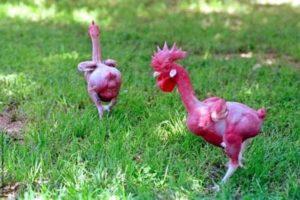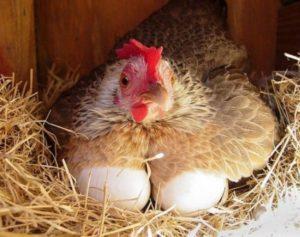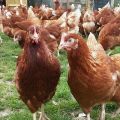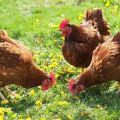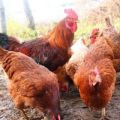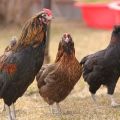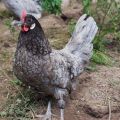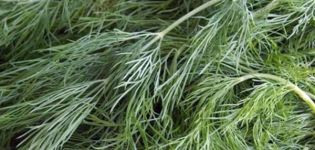Description and characteristics of the breed of Hisex Brown and White chickens, maintenance rules
Chickens of the hybrid breed Hisex - White and Brown - are distinguished by early maturation, high egg production, survival and unpretentiousness. Due to the numerous benefits, birds are successfully raised in domestic and industrial conditions. Those who plan to start breeding this breed should familiarize themselves with all the characteristic features of its representatives, as well as the requirements and recommendations regarding the maintenance, care and nutrition.
Origin of Hisex chickens
The Dutch Hisex chicken breed first appeared in the early 70s of the twentieth century thanks to the efforts of the breeding company Hendrix Genetics. This highly productive cross of poultry of the egg direction is created on the basis of two breeds - New Hampshire and Leghorn. The hybrid received improved and improved production qualities compared to its predecessors.
Initially, the birds were snow-white in color. This variety was named Hisex White. Then the breeders tried to cross again, adding another to the two breeds mentioned above - Rhode Island. It was from its representatives that Hisex Brown chickens got a rich and expressive reddish-brown color.
In the mid-70s, this breed came to the territory of the USSR, where it became in demand and popular. About 10 years later, it spread throughout America and Asia, and in the late 90s they learned about it in Africa and Australia.
Description and characteristics of the breed
What are the characteristics of Hisex chickens, as well as what differences, in addition to color, exist between the Brown and White bird species.
Cross appearance
The main external signs of the Hisex breed are:
- compact and strong physique;
- short stature;
- wings that are medium-sized and tight to the sides;
- head of medium size with a scallop of bright scarlet color;
- small strong and even beak;
- light green, unusual for chickens, eye color;
- soft silky feathers with tightly tied hairs;
- the presence of rounded earrings.

Brown
The plumage of this variety has an expressive reddish-brownish plumage color. The rooster has darker feathers in the back, tail and legs, which gives contrast. They may have white tips on the wing feathers. Chickens, as a rule, have a uniform plumage.The average weight of a male is 2.4 kg, and that of a female is 2 kg.
White
The body weight of representatives of the White species is slightly less. Laying hens weigh on average about 1.7 kg, and males weigh 1.8 kg. The snow-white plumage is a distinctive feature of birds of both sexes.
Comparison of the productive characteristics of the white and brown bird species
Chickens belonging to the Brown family have higher production characteristics. Over the course of one year, they produce more than 360 large eggs weighing up to 70 grams. The eggs have a strong, dark brownish shell. After 2-3 years of life, egg production begins to decline.
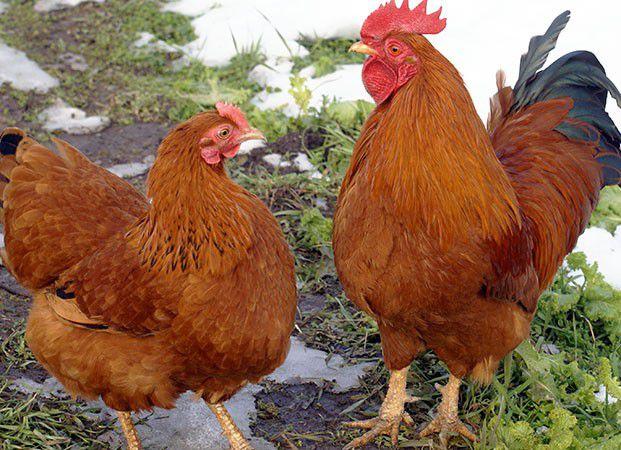
Hisex White chickens produce about 280 white-shell eggs each year. The average weight of each of them is 63 grams. They are characterized by low cholesterol content. Sometimes eggs from layers of the white variety contain two yolks.
Bird temperament
White and brown Hisex chickens also differ in character.
Representatives Brown are characterized by high survival rate and viability. They tolerate cold well. They have a balanced and calm temperament that allows them to easily and conflict-free get along with chickens of other breeds within the same chicken coop. These birds are friendly to people. Another positive feature of this species of birds is their quick addiction to new feeds introduced into the diet.
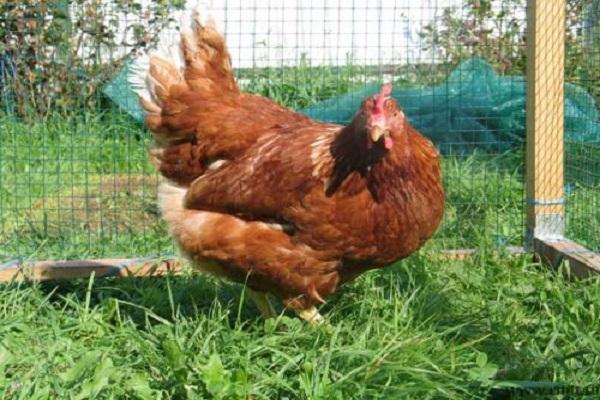
White birds are distinguished by increased activity and mobility. Some aggressiveness can be seen in the behavior of males. Representatives of the White breed are more demanding in terms of housing conditions and nutritional habits. For harmonious development, they definitely need minerals in their diet. If this condition is not met, the birds may experience stress, which negatively affects egg production.
Main pros and cons
Poultry farmers from around the world prefer to raise Hisex Brown chickens due to the following advantages:
- early maturation (laying eggs begin to produce as early as 150 days of age);
- high egg production, which lasts for three years;
- large size and significant weight of eggs;
- large body weight, which allows, in addition to eggs, to get tasty meat;
- resistance to common diseases affecting poultry;
- relatively low feed consumption.
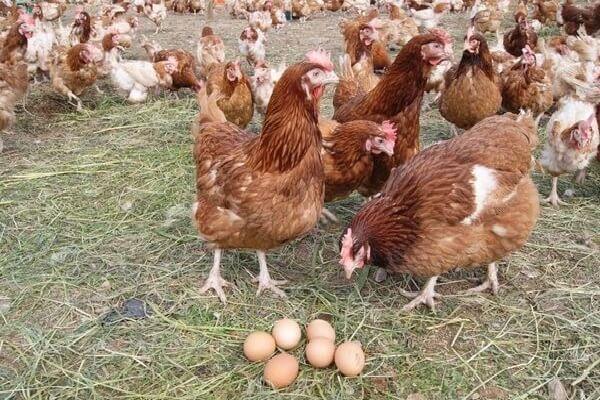
Hisex Brown has practically no drawbacks, with the exception of a decrease in the taste of meat after the birds reach the age of three.
Features of maintenance and care
Before you start breeding Hisex Brown chickens, you should find out what the chicken coop should look like and the place for regular walking, what requirements are imposed on feeders and drinkers, and also when and why you need to replace the bird population.
Coop, outdoor patio, feeders and drinkers
In a chicken coop for representatives of the Hisex Brown breed, it should be light, dry and spacious. No more than four chickens should be placed on one square meter of the room. Sudden changes in temperature and drafts are unacceptable. The maximum air temperature in the room during the summer period is +28 ° С, and in winter - +12 ° С.
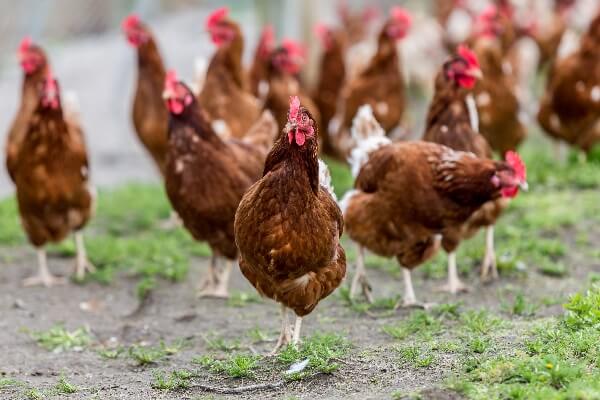
A layer of lime should be applied to the floor surface, and then a 25 cm thick underlay should be laid. Recommended materials for its manufacture:
- excelsior;
- straw;
- hay;
- peat.
The litter should be changed twice or thrice a month.
Bird roosts should be located in the darkest and most comfortable corner of the chicken coop. The optimal height for them is 50-60 centimeters above floor level. To maintain high egg production in chickens, it is important that the duration of daylight hours in the hen house for Hisex Brown is at least twelve hours. For these purposes, during the wintering period, it will be necessary to additionally provide artificial lighting.

To maintain natural hygiene, Hisex Brown chickens need to place in the room special containers filled with a mixture of wood ash and refined river sand. These unique dry baths help the birds effectively fight off parasites.
Keeping your chicken coop clean is essential to keeping your poultry healthy. Thorough cleaning and disinfection of the premises must be carried out in every quarter.
The yard for regular bird walking should also be spacious. For each individual - at least one and a half meters of space. There are certain requirements for arranging feeders and drinkers for chickens. Mesh or rod structures are essential when feeding birds with fresh grasses. Wood products are suitable for standard dry mixes. Feeders made of metal or plastic, which are easy to clean and wash, are indispensable when using wet types of food, as well as for drinking birds. These devices can be located in the chicken coop both floor-standing and suspended.

Seasonal molt
Seasonal molting is a natural process for Hisex Brown layers. In different individuals, it can begin in the period from October to December. Average duration is 4-8 weeks. By the onset of next spring, the chickens fully recover their full appearance and egg production.
During seasonal molting, feathers fall first on the neck, then in the back and tail, and finally on the wings.
During this period, birds need a higher intake of vitamins, minerals and protein. The diet should contain potatoes, carrots, pumpkin and cabbage with the addition of bone meal, meat broths, chalk and crushed shells.
Planned replacement of livestock
After 1-2 years of life, Hisex Brown chickens are routinely replaced. This is necessary to increase egg production, as well as improve the taste of poultry meat.

How to feed the birds?
The preparation of a menu for chickens should be approached responsibly.
Chicks
Chickens Hisex Brown and White in the first few days of life must be fed with chopped boiled eggs with the addition of finely chopped plants - sorrel, dandelion and nettle. From the 4th to 5th day of life, it is recommended to add fresh green onions to the main feed. This will help protect chicks from infectious diseases.
Subsequently, the following chicken menu is recommended:
- end of the first week: wheat and oatmeal porridge, a mixture of corn flour with drinking water;
- from the second week: gradual addition of compound feed for chicks;
- third week: full transfer to compound feed for young herd and a mixture of crushed grains.

In addition, it is necessary to give Hisex Brown chickens fresh greens and chopped vegetables, as well as special mineral and vitamin complexes. The water for the chicks must be changed twice a day. In order to prevent infections, a little potassium permanganate should be added to it.
Adult herd
Hisex Brown adults need a balanced diet of high quality. The best option would be a ready-made feed for egg-bearing breeds. You can cook it yourself by mixing the following components in certain proportions:
- 3 parts corn;
- 3 parts wheat;
- 2 parts legumes;
- 1 part oats.
Additional ingredients are meat and bone meal, as well as fine gravel and river sand, which contribute to the best grinding of the grains in the poultry crop.

Fresh and boiled vegetables are also an essential part of the diet. In summer, cucumbers, zucchini, pumpkin, cabbage and any kind of greenery are suitable. In winter - boiled potatoes, as well as chopped peelings. It is recommended to introduce soybean meal into the diet, which is a source of vegetable protein. And flaxseed and sunflower meal replenish the deficit of fats in the body of chickens.
In the warm season, free-range chickens feed on fresh grass on their own, so the amount of feed should be reduced by 10-15%. In winter, hay can be fed to birds as a substitute for grass.
Breeding rules
When starting to breed the Hisex Brown breed, it is important to familiarize yourself in detail with the features of incubation and the main requirements for keeping young stock.
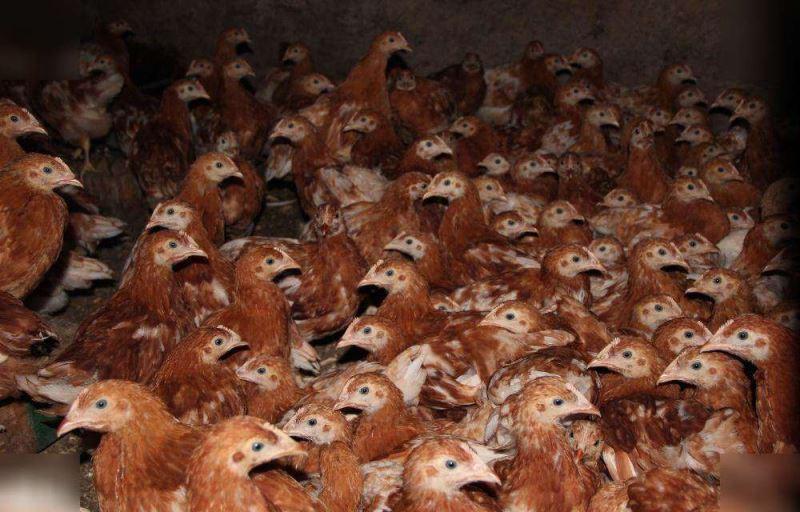
Incubation
Since the incubation instinct in representatives of the Hisex Brown breed is not very pronounced, it becomes necessary for artificial incubation. It is also permissible to use a chicken of a different breed as a brood hen. The survival rate of chicks as a result of incubation is 95%, so that even novice poultry farmers can easily cope with breeding the breed.
Premises for young animals
The room in which hatching of chickens is planned must be prepared taking into account the rules:
- The maximum number of birds per 1m3 is 6 individuals.
- To accommodate 20-30 day old chicks, a box with an area of 1 m2 is required.
- There should be no drafts in the chicken coop.
- The temperature for keeping day-old chicks is + 26- + 28 ° С, and weekly + 22- + 24 ° С.
- Newspaper folded in several layers is used as bedding for newly hatched chicks. Later it is replaced with straw or wood shavings.
- Cleaning the premises is required to be performed at least every 2-3 days.
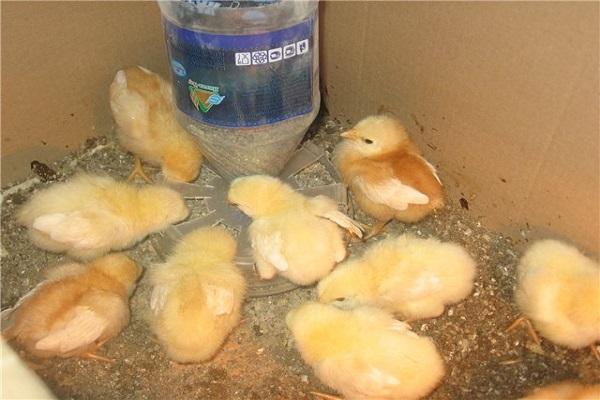
Feeding and feeding day-old chicks
Newly hatched chicks behave actively and imitate adults in everything. It is important to ensure that the chicks do not climb with their feet into the feeder and drinker - they can leave excrement and dirt there, and eating such food is fraught with the development of intestinal infections.
Mandatory food requirements for day old chicks are easy digestibility and sterility.
In the first days of life, chickens should prepare a mixture of the following components:
- three glasses of corn;
- a glass of wheat;
- a glass of sunflower cake;
- 1/3 cup barley
- 1/2 cup low fat kefir
Grain components must be finely ground, since the digestive system of newborn birds is very sensitive and sensitive. Then mix until smooth.
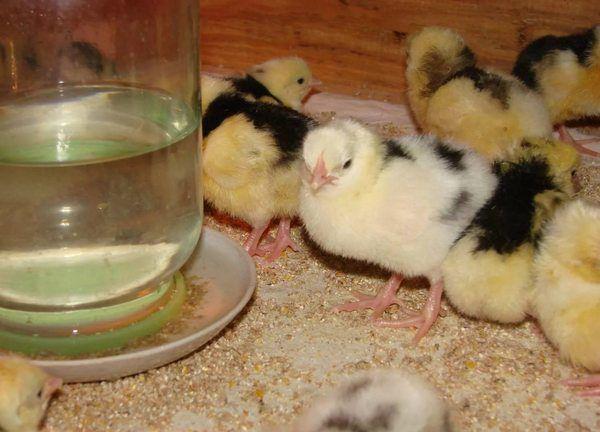
Chickens should always have free access to drink, namely, water with a pinch of potassium permanganate. It is required to change the water in the drinking bowl 2-3 times daily.
Diseases of Hisex chickens
Representatives of the Hisex Brown breed are characterized by a strong immune system, but they need deworming and the necessary vaccination.
In case of violation of the rules for keeping young animals and adult birds susceptible to diseases, including:
- chicken pox;
- streptococcal infection;
- syngamosis;
- helminthiasis;
- amidostomosis;
- lichen.
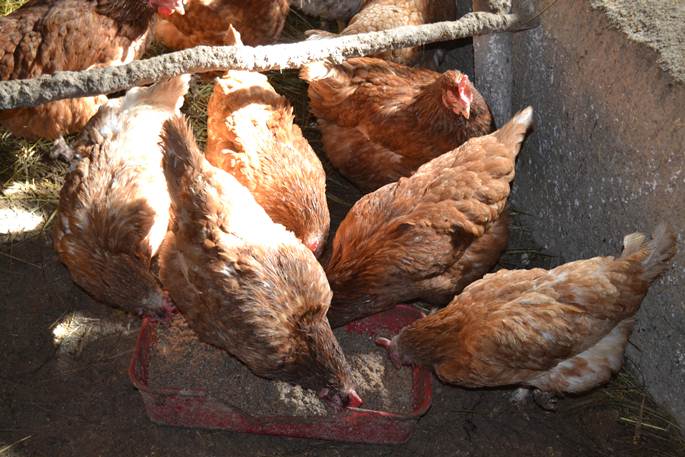
As a result of dampness and drafts, birds develop arthritis, colds and pneumonia. Anemia and vitamin deficiency in chickens are a consequence of a deficiency of vegetable fats, as well as fresh vegetables and fruits in the diet.
The occurrence of health problems in Hisex Brown chickens is signaled by:
- refusal of birds to drink, or, conversely, excessive thirst;
- decreased habitual appetite;
- deterioration in the appearance of plumage - disheveled and tarnished;
- difficulty breathing - the appearance of characteristic wheezing;
- lowering of the head, wings and tail;
- walking disorders, frequent falls;
- bowel disorders;
- difficulty swallowing.
For some time, diseased individuals must be transplanted into a separate room to avoid contamination of other birds. For a full examination of the livestock, a veterinarian is invited. As a rule, the treatment of most diseases of Hisex Brown chickens consists in the administration of antibiotic drugs.
For prevention, birds need proper care, cleanliness and a healthy diet. Food for Hisex Brown chickens should be fresh and enriched with useful minerals.
